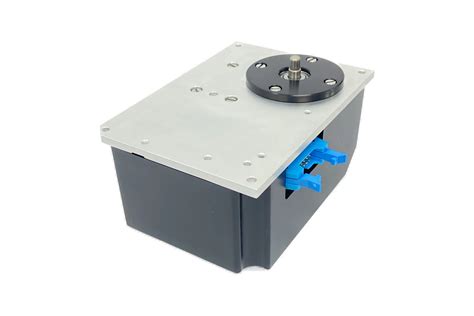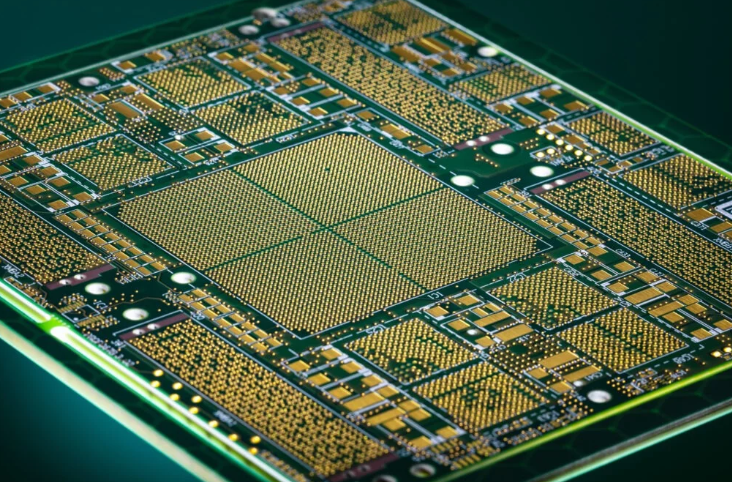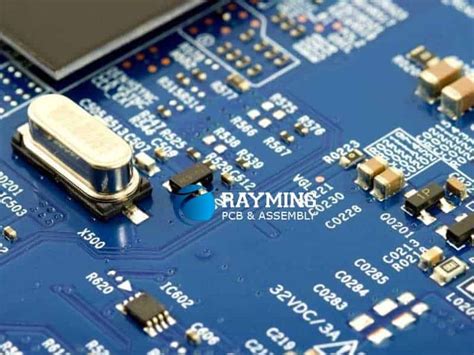Understanding PCB Manufacturing Prices for Your Projects
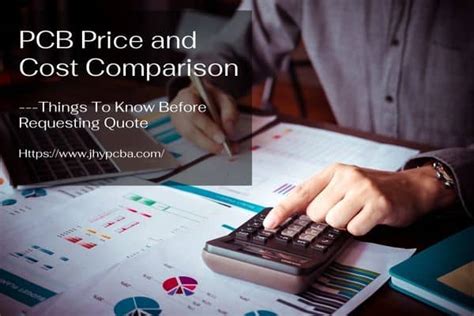
Key Takeaways
Understanding the pcb manufacturing process is crucial for managing costs effectively in your projects. Several factors significantly influence the pcb manufacturing cost, making it essential to consider them when planning. Firstly, material selection plays a pivotal role. Different materials can vary widely in price; hence, choosing the right one can help control your expenses. Additionally, the complexity of your designs directly impacts costs; more intricate designs require advanced processing and can lead to higher prices from pcb manufacturing companies.
Another essential consideration is production volume. Generally, a greater volume tends to lower the pcb manufacturing cost per unit due to economies of scale, making this an important strategy for businesses looking to reduce their overall expenditures. It’s also beneficial to recognize that there are hidden costs in the pcb manufacturing business, such as tooling charges and setup fees, which might not be immediately apparent.
To make informed decisions and potentially reduce your expenses, consider engaging with reputable pcb manufacturing companies that offer transparent pricing and detailed breakdowns of all potential costs. You can find more resources and insights on guidance for choosing the right manufacturer at Andwin PCB. Keeping these factors in mind ensures that you are equipped to navigate the complexities of pcb manufacturing effectively while optimizing your budget for success.
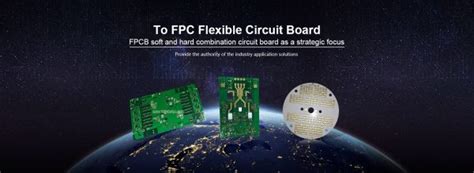
Factors Influencing PCB Manufacturing Costs
When embarking on your journey in pcb manufacturing, understanding the multitude of factors that influence pcb manufacturing costs is vital. Various elements can significantly impact the final price you will pay, making it essential for you to consider them carefully. First and foremost, the selection of materials plays a critical role; for instance, opting for high-performance materials may elevate costs compared to standard options. Additionally, you should take into account the complexity of your design. A more intricate layout often requires advanced techniques and machinery, thus driving up labor and production costs.
Moreover, the production volume is another important factor in determining pcb manufacturing prices. As many pcb manufacturing companies operate on a scale where higher quantities often yield lower per-unit costs, it’s beneficial for you to evaluate your project’s scale and potential ordering quantities. However, it’s crucial to note that while mass production can lower costs significantly, initial setup fees might still apply.
Lastly, keep in mind that various hidden costs can emerge during the pcb manufacturing business process—such as prototyping expenses or design modifications—that could inflate your overall budget if not anticipated from the outset. Understanding these factors will empower you to make informed choices regarding your projects while effectively managing your financial resources.
| Factor | Impact on Cost |
|---|---|
| Material Selection | Higher quality = higher cost |
| Design Complexity | Intricate designs = increased cost |
| Production Volume | Larger orders = reduced per unit cost |
| Hidden Costs | Additional fees may apply |
In summary, taking into account these varying factors will enhance your ability to navigate the complexities of pcb manufacturing, ultimately leading to more effective project management and cost control.
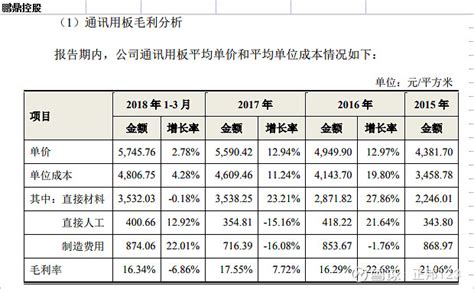
Material Selection and Its Impact on Prices
When embarking on your pcb manufacturing journey, understanding the significance of material selection is paramount for determining the pcb manufacturing cost associated with your projects. The choice of materials directly influences the quality, functionality, and ultimately, the price of your printed circuit boards. For instance, opting for high-quality substrates can enhance thermal performance and reliability, yet they may also lead to an increase in costs. Similarly, specific materials like FR-4, a commonly used substrate, can vary in price based on factors such as thickness and lamination requirements.
Additionally, innovative materials like flexible substrates or high-frequency laminates are often adopted for specialized applications but come with a heftier price tag due to their advanced properties; this can impact your overall budget if you choose to work with premium suppliers or reputable pcb manufacturing companies. Furthermore, materials that require extensive processing techniques may introduce additional expenses that are often overlooked during initial calculations. It’s crucial to weigh these factors carefully as you navigate the landscape of pcb manufacturing business, ensuring that your selection aligns with both performance needs and your financial parameters. By making informed decisions about material selection early in your design process, you can significantly influence not just the quality of your final product but also its overall pcb manufacturing cost, allowing you to optimize both functionality and budget for a successful outcome.
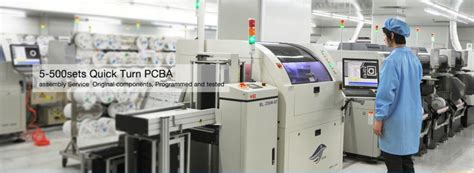
Complexity of Designs: Cost Implications
When it comes to pcb manufacturing, the complexity of your designs plays a significant role in determining the pcb manufacturing cost. Intricate designs often require more sophisticated production processes, specialized machinery, and higher expertise from pcb manufacturing companies. As you consider your project, remember that more layers, finer traces, and advanced features such as embedded components can elevate costs considerably. For instance, if you opt for a multi-layer PCB to accommodate compact components or intricate circuit paths, you may encounter increased labor and material expenses. Additionally, complex designs can lead to longer production times, which further impacts the overall pcb manufacturing business cost. Balancing design intricacy with budgetary constraints is essential; thus, you should strategically assess whether the added complexity aligns with your project’s functional requirements and cost-effective goals. Utilizing simulation software during the design phase can help in identifying potential issues before production begins, allowing you to make adjustments that could ultimately reduce costs associated with complex designs while maintaining performance standards.

The Role of Production Volume in PCB Pricing
When it comes to pcb manufacturing, one of the most significant factors affecting the pcb manufacturing cost is the production volume. The relationship between volume and cost is often direct: as you increase your order quantity, the unit cost of each PCB typically decreases. This decrease in price can be attributed to the economies of scale that many pcb manufacturing companies achieve during the production process. For example, larger orders usually allow manufacturers to streamline their processes, reduce setup times, and optimize material use, ultimately leading to savings that can be passed on to you.
However, it’s essential to consider your specific project requirements before deciding on a production volume. If you’re working on a small project or a prototype, placing a large order might not be financially prudent. Conversely, if you’re entering mass production with a well-defined product line, ordering in bulk can significantly reduce your total costs. Always remember that while bulk ordering can lower costs per unit, ensuring that you accurately forecast demand is crucial to avoid excessive inventory and waste.
“Balancing your order size with expected demand can help optimize your overall pcb manufacturing business strategy.”
Understanding how production volume impacts pricing not only helps you make informed decisions but also allows you to negotiate better terms with pcb manufacturing companies. When evaluating your options, consider discussing flexible pricing strategies that accommodate various production volumes—this approach can enhance the sustainability and profitability of your projects while managing costs effectively.
Cost Comparison: Prototype vs. Mass Production
When it comes to pcb manufacturing, understanding the cost differences between prototypes and mass production is crucial for your project planning. PCB manufacturing companies typically charge more for small-scale prototypes due to the setup costs associated with creating a tailored design, which often requires special attention and resources. This initial investment includes costs for materials, design alterations, and specialized equipment that might only be used once. In contrast, mass production benefits from economies of scale, where the pcb manufacturing cost per unit decreases significantly as production volume increases. The repetitive nature of mass manufacturing allows for more streamlined processes and lower per-unit prices since the same setup is utilized across multiple units.
Moreover, certain complexities in your design can also affect pricing differently in these two scenarios. A simpler prototype might be manageable at a lower cost initially, but if that prototype turns into a complex design during mass production, costs can escalate rapidly. Thus, when assessing the financial impact on your pcb manufacturing business, it’s vital to weigh these factors and ensure that you have a clear understanding of the overall expenses involved in both stages. By grasping how prototype versus mass production influences pcb manufacturing costs, you can make more informed decisions that align with your budgetary constraints and project goals.

Hidden Costs in PCB Manufacturing You Should Know
When engaging with pcb manufacturing, it’s crucial to be aware of the hidden costs that can arise beyond the initial price quote from pcb manufacturing companies. These costs can significantly impact your overall project budget and may not be immediately apparent during the early stages of planning. For instance, while you might receive a competitive pcb manufacturing cost for the actual boards, additional expenses related to tooling, design revisions, or expedited shipping can quickly add up. It’s essential to factor in costs associated with setup fees for small batch orders that are common in a pcb manufacturing business; these charges can increase if you’re making changes to your design as well. Furthermore, there may be additional charges for testing and quality assurance processes that ensure your boards meet performance specifications. Lastly, consider ongoing expenses such as potential software licenses or training required to manage your production effectively. Keeping these hidden factors in mind can help you make more accurate financial plans and avoid surprises down the line.
Tips for Reducing Your PCB Manufacturing Expenses
When embarking on a new project, managing PCB manufacturing costs can often be a challenge, but there are several strategies you can implement to keep expenses in check. Firstly, consider leveraging the expertise of reputable PCB manufacturing companies that offer competitive pricing without compromising quality. Additionally, simplifying your design can significantly reduce the PCB manufacturing cost; intricate designs often lead to increased production times and higher material waste. It’s also beneficial to optimize your material selection; using less expensive alternatives that meet your project’s requirements can yield cost savings while maintaining performance standards. Engaging in bulk orders or increasing your production volume can provide discounts that are not available with smaller runs, effectively lowering your overall costs, particularly in a PCB manufacturing business context where scale can lead to better pricing models. Finally, always inquire about any hidden costs associated with setup fees or expedited shipping, as these can sneak up on you and inflate the total price of your PCB manufacturing project. By applying these tips, you will be better positioned to manage your budget while achieving high-quality results in your projects.
Conclusion
In summary, understanding PCB manufacturing prices is crucial for making informed decisions in your projects. As you navigate through various PCB manufacturing companies, you will discover that costs can vary significantly based on multiple factors. The pcb manufacturing cost is influenced primarily by material selection, which affects both durability and performance. Additionally, the complexity of designs plays a vital role; intricate layouts may lead to increased expenses due to the additional engineering and production times required.
Moreover, the role of production volume cannot be overstated—bulk orders often yield more favorable pricing, making it essential to assess your project’s scale early on. Bear in mind that while you may focus on direct costs, there are hidden costs associated with the pcb manufacturing business that can arise during production or delivery phases. To mitigate expenses effectively, consider exploring ways to simplify your designs or optimize material choices without compromising quality. In working through these considerations, you will be better equipped to manage your PCB manufacturing budget and enhance the value of your projects significantly.
FAQs
What factors influence pcb manufacturing prices?
The prices of pcb manufacturing are influenced by several factors, including material selection, design complexity, and production volume. Each of these elements can significantly sway the overall cost and should be carefully considered during the planning of your projects.
How does material selection affect pcb manufacturing costs?
Your choice of materials plays a crucial role in determining pcb manufacturing costs. Specialized materials may lead to higher prices; however, they can also provide greater performance and durability in your finished product.
Why is the complexity of designs a concern for pcb manufacturing companies?
Complex designs often require advanced processes and equipment, which can elevate production costs. Simplifying your design could help reduce the overall expense associated with your pcb manufacturing business.
What is the impact of production volume on pcb manufacturing pricing?
Generally, larger production volumes decrease the cost per unit due to economies of scale. When working with pcb manufacturing companies, be sure to analyze how quantity affects pricing for both prototypes and mass production runs.
Are there hidden costs in pcb manufacturing***?
Yes, hidden costs may arise from factors such as expedited shipping or last-minute design changes. Being aware of these potential additional expenses can help you better manage your overall budget.



